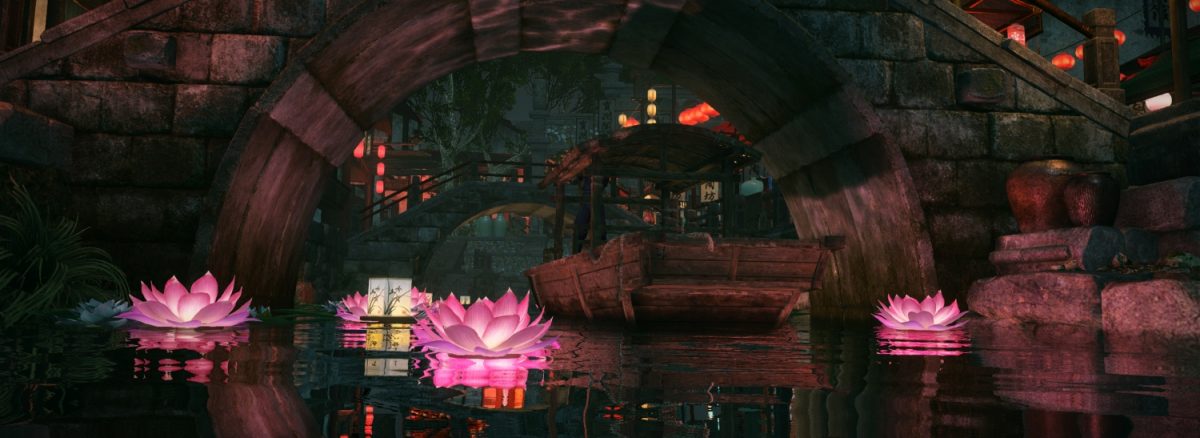
This article is the continuation of the 2016 article Video cards: features and gimmicks (2016).
Since then, video cards have gained a few new tricks that may be useful in the upcoming games.
Ray-tracing – The most important feature of the new GeForce 2000 series is the implementation of Ray-tracing. Nvidia went so far as to rename its gaming line from GTX to RTX (R from Ray-tracing).
Ray-tracing is a technology through which lighting, shadows and reflections in a 3D environment are realistically reproduced with minimal impact on performance. It is similar to ambient occlusion (see 2016 article), but without the performance penalties and better results.
Unfortunately, few games support Ray-tracing in 2019, but it is likely in the future more and more will add this technology to their 3D rendering engine.
DLSS – Is a new type of anti-aliasing (see 2016 article), which thanks to Nvidia’s new Tensor (AI) cores, leads to a much smaller performance impact and better results. Fortunately, DLSS does not need to be implemented in games by developers and can be used in all modern games.
 |
 |
| New DLSS | Classic Anti-Aliasing |
| Notice how the sword is much better detailed with DLSS, but the background flag is blurry. | |
AMD FreeSync2 – It’s similar to the original FreeSync, but provides much better latency, meaning that the gaming experience feels more fluid.
NVIDIA Highlights – It’s similar to Nvidia Ansel, just that instead of capturing in-game screenshots, it allows users to capture in-game videos. There are many other software solutions with the same purpose out there, only that Nvidia provides its users with this solution for free.
Image source is Nvidia.com.


Leave a Reply